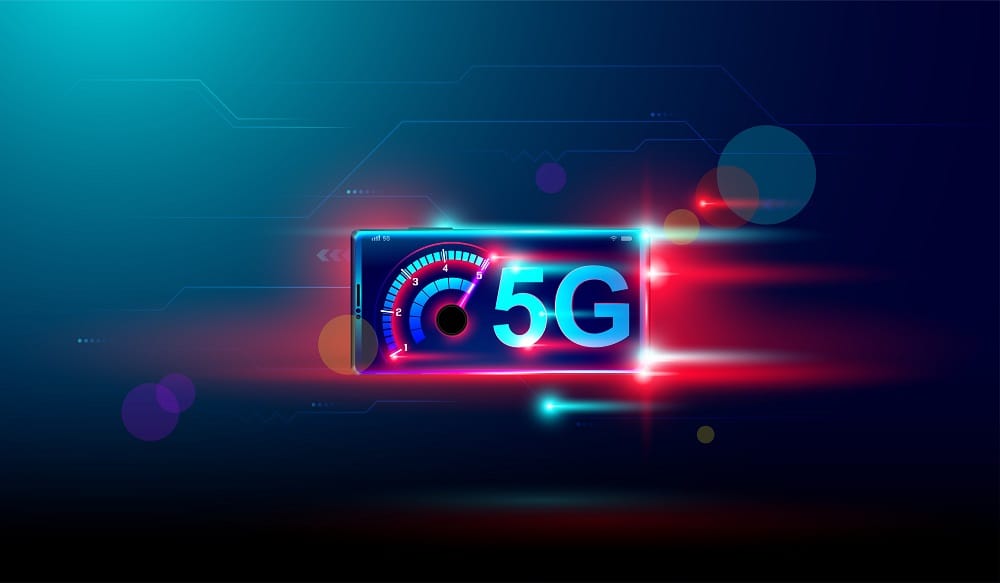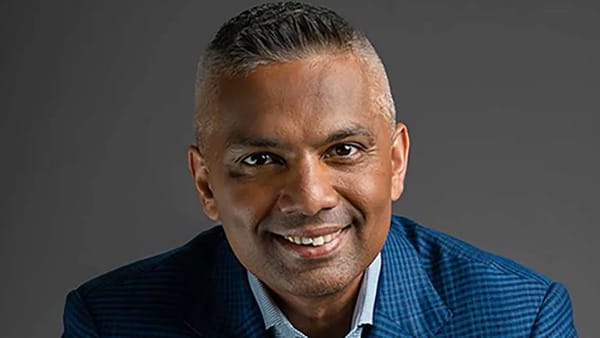FCC Goes All in for 5G, Pentagon Spends $600 Million on 5G Experiments, Additional Funds For Distance Learning
The top official of the Federal Communications Commission on Monday provided an update on the agency’s approach to 5G deployment at the America’s Spectrum Management conference. Since 2018, FCC Chairman Ajit Pai said, the agency has worked to free up spectrum in all bands. Three recent auctions free

The top official of the Federal Communications Commission on Monday provided an update on the agency’s approach to 5G deployment at the America’s Spectrum Management conference.
Since 2018, FCC Chairman Ajit Pai said, the agency has worked to free up spectrum in all bands. Three recent auctions freed up high-frequency radio spectrum – in the 24 GigaHertz (GHz) 28 GHz, 37 GHz, 39 GHz, and 47 GHz bands –collectively made almost five gigahertz for commercial use. This is more spectrum than “than was used before for terrestrial mobile broadband by all wireless service providers in the United States combined,” boasted Pai.
Additionally, he reported that the FCC has finished clearing the lower-frequency 600 MHz band formerly used by television broadcasters, but which is now being transitioned into use to provide 5G services to Americans.
Pai also highlighted recent efforts with C-Band, from 3.7 GHz to 4.2 GHz. With these developments, he said, “we are on a path to have a contiguous 530-megahertz swath—from 3.45 to 3.98 GHz—of mid-band spectrum available for 5G.”
He also touted the agency’s deadlines for cities to act on tower siting applications, and to set “nondiscriminatory fees for small cells and prohibited them from charging more than their reasonable costs.”
And he linked increased fiber deployment to the 5G effort. For example, Pai touted the agency’s “one-touch-make-ready” policy for broadband providers to attach fiber to utility poles. He said this would open the door to new entrants who can increase broadband competition.
Pai asserted that open radio access networks, dubbed Open RANs, could transform 5G network architecture and address some of the perceived problems the U.S. faces in the realm of network or national security.
Pentagon announces $600 million for 5G contracts
The Defense Department announced $600 million in contracts for advanced radars, augmented and virtual reality capabilities, and smart warehouses. The contracts reflect the Pentagon’s effort to work with commercial vendors in advancing 5G capabilities.
The department plans to act in the following test beds: Hill Air Force Base, Utah; Joint Base Lewis-McChord, Washington; Marine Corps Logistics Base Albany, Georgia; Naval Base San Diego, California; and Nellis Air Force Base, Las Vegas, Nevada.
They were chosen because of their access to spectrum, and mature fiber and wireless infrastructure, according to a Defense Department press release.
GBL System Corp., AT&T, Oceus Networks and Booz Allen Hamilton will work with the military to experiment with 5G-enabled augmented and virtual reality goggles for mission planning, training and operations using mid-band spectrum.
To test and promote the coexistence of airborne radar systems and 5G cell tech in the 3.1-3.45 GHz band, the military will partner with Nokia, General Dynamics Mission Systems, Booz Allen Hamilton, Key Bridge Wireless, Shared Spectrum Company and Ericsson.
“We’re basically trying to make our forces more survivable by taking command and control functions that have long been housed in single buildings and spread them out and make them make them mobile, so [we’re] really trying to change the way our forces are deployed in the field,” said Joseph Evans, the department’s 5G director.
USDA funds $72 million in distance learning
The Department of Agriculture’s distance learning and telemedicine grant program is funding almost $72 million in 116 projects.
Impacting more than 12 million rural citizens, this funding will support projects in 40 states, as well as Puerto Rico and the Virgin Islands, with equipment and software to support distance learning and telemedicine.
The FCC has also been active in the arena. A recent $16 million award for COVID-19-related projects in 19 states brought the FCC’s COVID-19 telehealth program awards total to $84.96 million, for 238 health care providers across 41 states and Washington, D.C.
The USDA’s ReConnect program spent $698 million in its first round and recently $550 million more.








